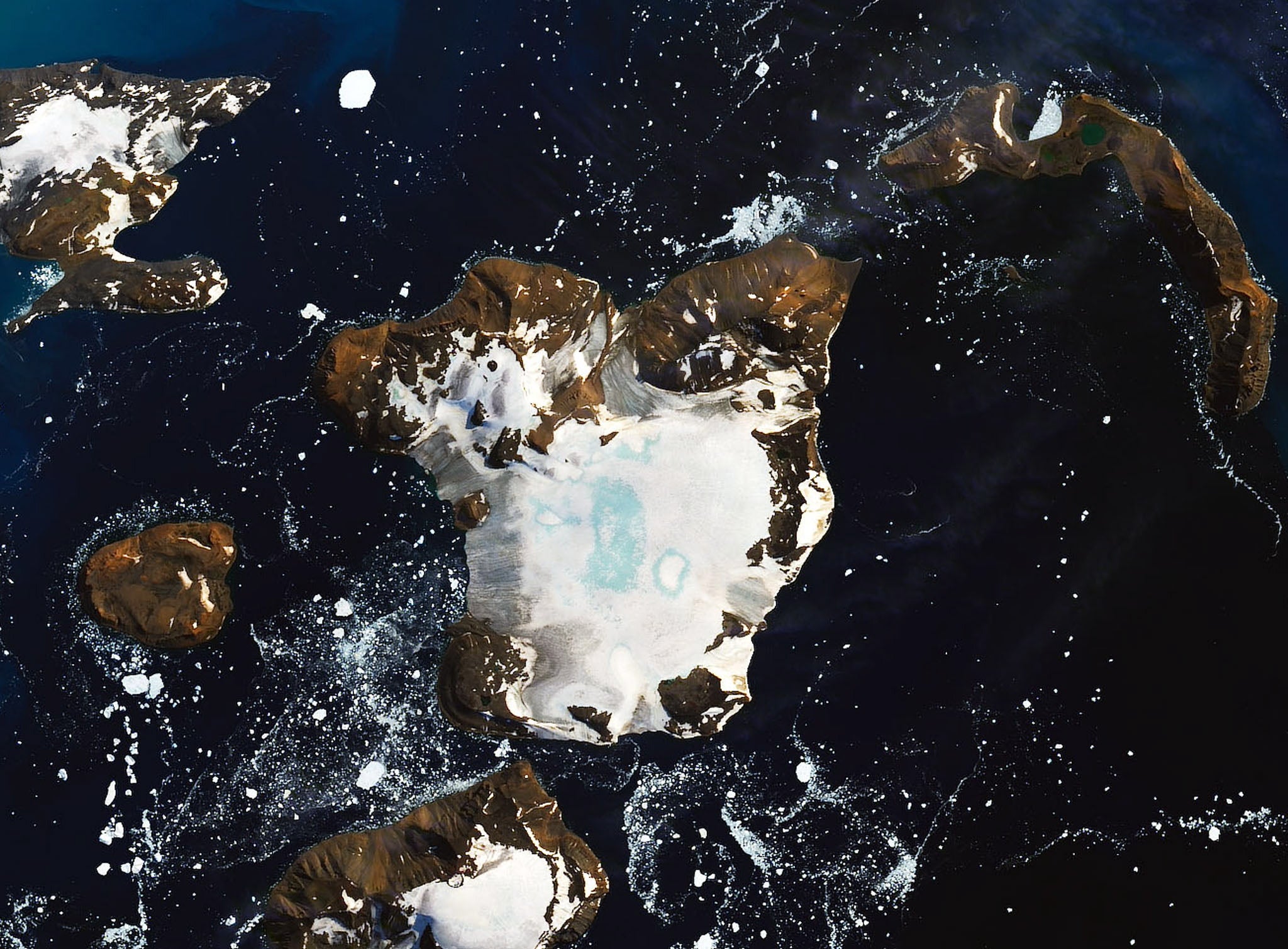Impact of Antarctic melting on sea level rise underestimated in climate models, scientists find
Forecasts have until now not included the potential impacts of yearly and decadal climate fluctuations, reports Tom Batchelor


Scientists may be underestimating the extent of sea level rises because their forecasting models fail to account for seasonal spikes in warm weather that lead to a dramatic melting of Antarctic ice, according to a study.
Researchers said models used to predict how Antarctica is likely to respond to a warming planet have until now not included the potential impacts of yearly and decadal fluctuations in the climate.
This is because modeling how the Antarctic ice sheet will change in the future requires large amounts of computer power and thousands of simulations, which forces modelers to use a simplified, mean temperature.
With existing forecasting methods smoothing out peaks caused by this climate variability, the number of days that temperatures are found to exceed a given threshold is artificially reduced.
This, the scientists said, creates a bias in the results which could be leading to an underestimate in the extent sea levels are due to rise because of climate change.
Chris Forest, professor of climate dynamics at Penn State University, one of three authors of the report, said: "We know ice sheets are melting as global temperatures increase, but uncertainties remain about how much and how fast that will happen.
"Our findings shed new light on one area of uncertainty, suggesting climate variability has a significant impact on melting ice sheets and sea level rise."
The study’s authors said current projections of sea level rise due to ice-sheet mass loss “remain highly uncertain”. They argued that a better understanding of how ice sheets respond to warming was “essential for assessing the long-term risk of sea level rises”.
More accurate modelling could add an additional sea level rise of between 7 and 11 centimetres by 2100, they found. That is on top of the 27 to 38 centimetres scientists predicted sea levels would rise during the same period, without taking into account climate variability.
"That increase [of 7 to 11 centimetres] alone is comparable to the amount of sea level rise we have seen over the last few decades," said Mr Forest.
"Every bit adds on to the storm surge, which we expect to see during hurricanes and other severe weather events, and the results can be devastating."
He added: "If we include variability in the simulations, we are going to have more warm days and more sunshine, and therefore when the daily temperature gets above a certain threshold it will melt the ice.
"If we're just running with average conditions, we're not seeing these extremes happening on yearly or decadal timescales."
The report, published in the journal Climate Dynamics, noted that “uncertainty in future climate projections, and insufficient understanding of ice-sheet dynamical response to the future climate, limit the ability to provide robust estimates of future sea-level changes and their associated uncertainty”.
Recorded temperature peaks in Antarctica were found to have a “notable deviation” from the mean climate trends, and the scientists hope that a more comprehensive survey of the melting ice caps would help governments around the world better prepare for the effects of rising sea levels, from flooding to coastal erosion.
In February, weather stations registered the hottest temperature on record for Antarctica.
Thermometers at a monitoring station on Seymour Island, situated off the coast of the Antarctic Peninsula, reached 20.75C.
Days earlier, an Argentinian research station at Esperanza, on Antarctica’s northwest tip, measured 18.3C, which was the highest reading for the continent since March 2015.
The previous record for the Antarctic region – everywhere south of 60 degrees latitude – was 19.8C, taken on Signy Island in January 1982.
The heatwave, which caused widespread melting on nearby glaciers, was the third major melt event of the southern hemisphere’s 2019-2020 summer, following warm spells in November 2019 and January 2020.


Join our commenting forum
Join thought-provoking conversations, follow other Independent readers and see their replies
Comments